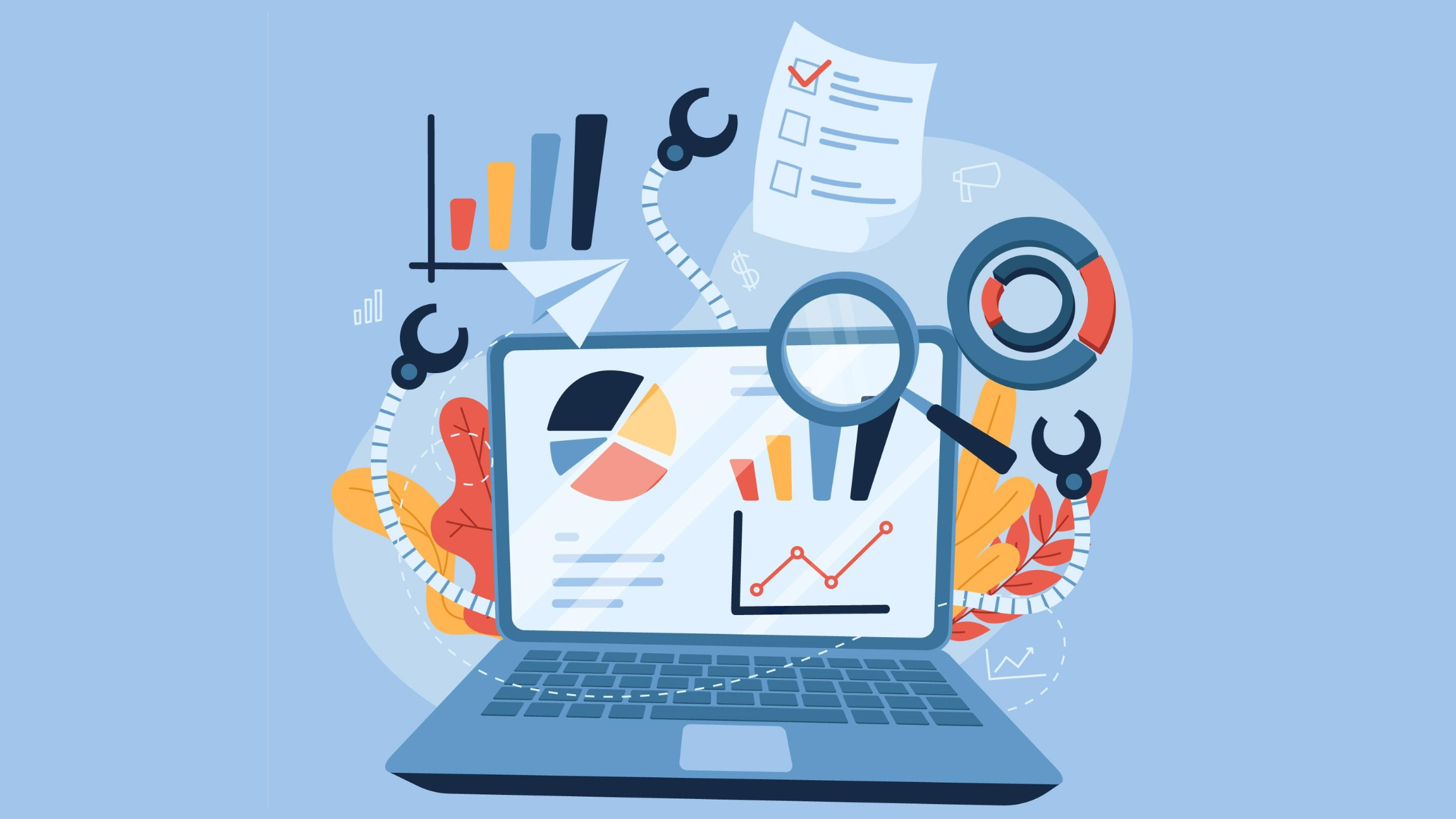Why Google Page Speed Insights and Loading Speed an Important Factor for Your Ecommerce Website
In today’s fast-paced digital world, patience is a rare commodity. This holds true especially for online shoppers, who expect websites to load instantly and deliver a seamless browsing experience. Enter website loading speed, a crucial factor that can make or break your ecommerce store’s success. This article dives deep into the significance of website loading speed, explores the role of Google PageSpeed Insights (PSI), and equips you with the knowledge to optimize your ecommerce store for speed.
The High Cost of Slow Loading Speeds
Imagine walking into a store cluttered with overflowing shelves, making it difficult to find what you need. That’s the experience many online shoppers face with slow-loading websites. Studies reveal a startling correlation between website speed and user behavior:
- Reduced conversions: A study by Portent found that a 1-second delay in page load time can decrease conversion rates by 7%. This translates to lost sales and revenue for your ecommerce store.
- Increased bounce rates: Impatient users won’t wait around for slow pages to load. Studies by Google suggest that a 3-second delay in mobile page load time can bounce 53% of visitors. This means they leave your website without exploring your products, leading to missed opportunities.
- Negative brand perception: Slow loading times create a negative impression of your brand. Users might perceive your store as outdated, unprofessional, or unreliable, ultimately leading them to your competitors.
- Lower SEO rankings: Google prioritizes user experience, and website speed is a significant factor in search engine optimization (SEO). Slow loading websites tend to rank lower in search results, making it harder for potential customers to find your store.
These consequences paint a clear picture: a slow loading ecommerce website is a recipe for lost sales, frustrated customers, and a damaged brand reputation.

Google PageSpeed Insights: Your Guide to Website Speed
Fortunately, there’s a free and valuable tool at your disposal: Google PageSpeed Insights (PSI). This online tool analyzes your website’s performance on both desktop and mobile devices, providing a score between 0 and 100. A higher score indicates a faster loading website.
PSI offers more than just a score. It also provides actionable insights and recommendations to improve your website’s speed. These suggestions can range from optimizing image sizes and reducing HTTP requests to leveraging browser caching and minifying code.
Here’s a breakdown of the key aspects of PSI:
- Field Data: This section provides real-world data on your website’s performance, including Largest Contentful Paint (LCP), First Input Delay (FID), and Cumulative Layout Shift (CLS). These are Core Web Vitals metrics that Google considers crucial for a good user experience.
- Opportunities: PSI identifies areas for improvement and offers specific recommendations tailored to your website.
- Diagnostics: This section delves deeper into technical issues that might be slowing down your website.
By using PSI regularly and implementing its recommendations, you can significantly improve your website’s loading speed and reap the benefits of a faster, more user-friendly online store.
Optimizing Your Ecommerce Website for Speed
There are several strategies you can employ to improve your website’s loading speed. Here are some key areas to focus on:
- Image Optimization: Images are often the biggest culprits behind slow loading times. Use tools to compress image sizes without sacrificing quality. Consider using next-gen image formats like WebP, which offer smaller file sizes without compromising visual fidelity.
- Reduce HTTP Requests: Every element on your website, from images to stylesheets, requires an HTTP request. Minimizing the number of requests can significantly improve loading speed. Techniques like combining multiple stylesheets and scripts can help.
- Leverage Browser Caching: Caching allows browsers to store website elements locally, reducing the need to download them repeatedly. This can significantly improve subsequent page loads for returning visitors.
- Minify Code: Minification refers to removing unnecessary characters from your website’s code, such as whitespace and comments. This can make your code smaller and improve loading speed.
- Choose a Reliable Hosting Provider: Your web hosting provider plays a crucial role in website speed. Opt for a provider with a strong reputation for speed and reliability. Consider one of the Cybernews-recommended best VPS hosting options that often include optimization features.
- Optimize Database Queries: A slow database can significantly hinder website performance. Work with your developer to optimize database queries to improve efficiency and speed up page load times.
These are just some of the optimization strategies you can implement. Remember, website speed optimization is an ongoing process. Regularly monitor your website’s performance using PSI and make adjustments as needed.

Beyond Speed: The Holistic Approach to User Experience
- Mobile-Friendliness: In today’s mobile-first world, ensuring your ecommerce website offers a seamless experience on smartphones and tablets is paramount. Google prioritizes mobile-friendliness in search rankings, so a responsive design that adapts to different screen sizes is essential.
- Clear Navigation and Site Search: Users should be able to easily find what they’re looking for on your website. Implement a clear and intuitive navigation menu, along with a robust site search function, to help users navigate your product categories and discover desired items quickly.
- High-Quality Product Information: Provide detailed and informative product descriptions, including clear images and videos from multiple angles. Customers rely on this information to make informed purchasing decisions.
- Seamless Checkout Process: A complicated or lengthy checkout process can lead to cart abandonment. Streamline your checkout process, offering multiple payment options and minimizing the number of steps required to complete a purchase.
- Customer Reviews and Ratings: Social proof plays a significant role in customer purchasing decisions. Include customer reviews and ratings on your product pages to build trust and encourage conversions.
- Live Chat Support: Offering live chat support allows you to address customer queries and concerns in real-time. This can be particularly helpful for users who may have questions during the browsing or checkout process.
By focusing on these aspects alongside website speed optimization, you can create a truly user-friendly ecommerce website that fosters customer satisfaction, loyalty, and ultimately, increased sales.
Measuring the Impact of Speed Optimization
Once you’ve implemented website speed optimization strategies, it’s crucial to measure the impact. Here are some key metrics to track:
- Website Speed Scores: Regularly monitor your website’s speed scores using Google PageSpeed Insights and other tools. Aim for a score of at least 90 on both desktop and mobile for optimal performance.
- Conversion Rates: Track how your conversion rates (percentage of visitors who complete a purchase) change after implementing speed optimization strategies. An increase in conversion rates indicates a positive impact on user experience.
- Bounce Rates: Monitor your bounce rates (percentage of visitors who leave your website after viewing only one page). A decrease in bounce rates suggests that users are finding your website more engaging and easier to navigate after speed improvements.
- Average Session Duration: Track the average time users spend browsing your website. An increase in average session duration indicates that users are finding your website more user-friendly and engaging due to the improved speed.
By monitoring these metrics, you can gain valuable insights into the effectiveness of your website speed optimization efforts or you can get assistance from Upbeat who can help you in optimization.
Conclusion
In today’s competitive ecommerce landscape, website speed is no longer an afterthought; it’s a critical factor for success. By leveraging Google PageSpeed Insights and implementing effective optimization strategies, you can create a faster, more user-friendly online store that delivers a superior customer experience. Remember, a fast and optimized website doesn’t just improve user experience; it translates into increased conversions, improved brand reputation, and ultimately, a thriving ecommerce business.





